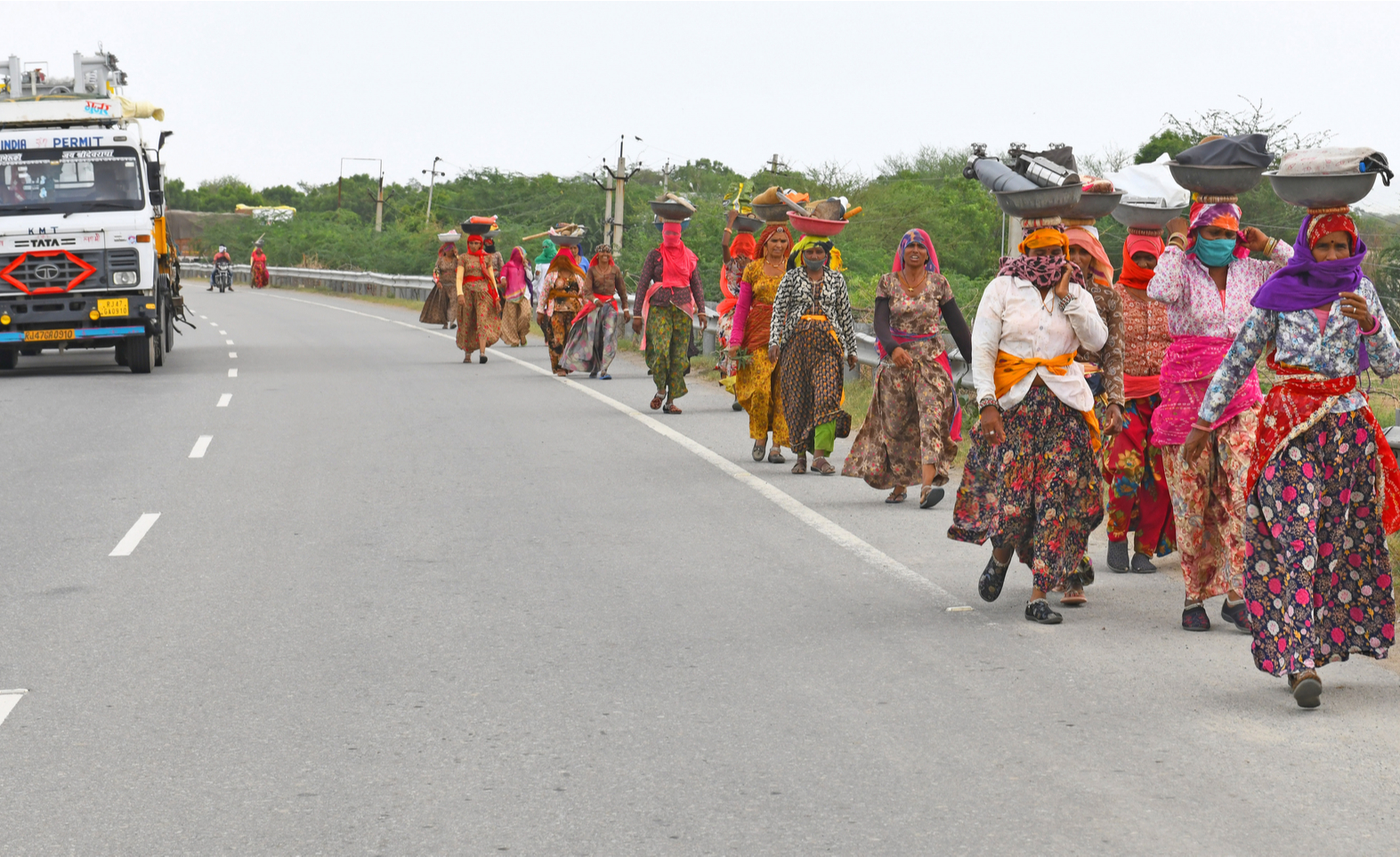
August 2, 2021
Unemployment rates for women labourers fell to 4.2% in 2019-20 with reference to 5.1% in 2018-19.
Round-the-clock security, maternity leaves, vocational training and creche facilities are on the anvil for women labourers.
Women labourers face constraints courtesy of domestic duties, safety factors and distance between the workplace and home.
Discrepancies in public infrastructure and mismatch between population growth and employment sustain unemployment.

According to the data by the National Statistical Office (NSO), unemployment fell to 13.3% in Q2 of 2020-21 in the midst of the pandemic. The same period also saw the Worker Population Ratio (WPR) at 32.1% as against the previous years’ marker of 33.7%. The data places labour force participation at 37% in the September 2020 quarter, increasing from 35.9% in April-June 2020. In a similar vein, the Ministry of Labour and Employment revealed that unemployment rates for women fell to 4.2% in 2019-20 as against 5.1% in 2018-19. An increased womens’ participation in the workforce has been identified as a priority, a few upcoming governmental measures include providing creche facilities, maternity leaves ranging from 12-26 weeks, round-the-clock and vocational training.
A Delhi-based study conducted during the pandemic reported that 83% of women were forced to permanently leave the workforce. The Centre for Monitoring Indian Economy (CMIE) highlighted that 13.9% of the jobs lost in April 2020 belonged to women and that most of them were unable to recover their jobs in November 2020. This was further aggravated by the pressure of unpaid domestic labour. Women in rural areas identified a 1-3 km distance between the workplace and their homes to be a decisive factor in taking up employment.
Unemployment in India is caused by multiple factors including reduced agricultural productivity, gaps in economic planning, asymmetrical use of technology and a mismatch between population growth and the availability of employment opportunities. The Government of India has implemented a wealth of schemes to increase employment opportunities and self-employment prospects within the country. The most notable of these include the Mahatma Gandhi National Rural Employment Guarantee Act (MGNREGA) which has employed close to 18.5 million individuals as of May 2021. The Jawahar Gram Samridhi Yojana, Deen Dayal Upadhyaya Antyodaya Yojana, Training Rural Youth for Self-employment (TRYSEM) and the Swarnajayanti Sahari Swarozgar Yojna (SJSTY) are other dedicated schemes. Furthermore, the Skill India and Digital India initiatives will look to strengthen the capabilities of the employable youth in digital skills.
Tackling unemployment, especially along structural and gender lines requires an understanding of several complex realities. Given the impact of cultural conditioning and the status quo of public infrastructure, concerted efforts will be required to empower the workforce and ensure their safety.